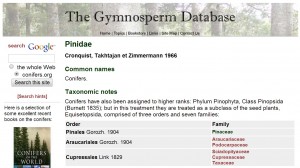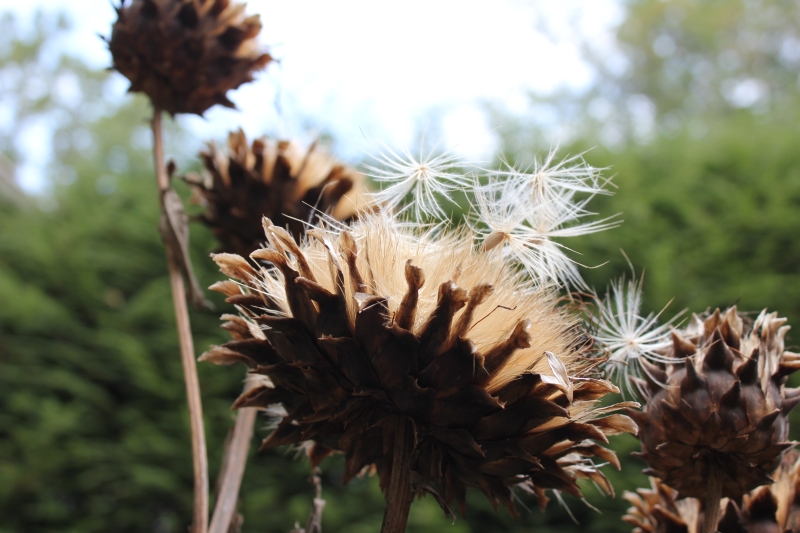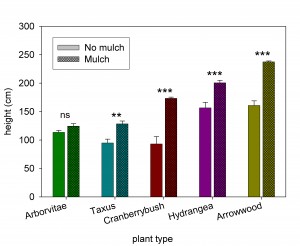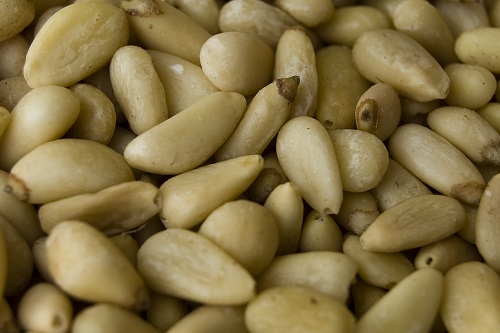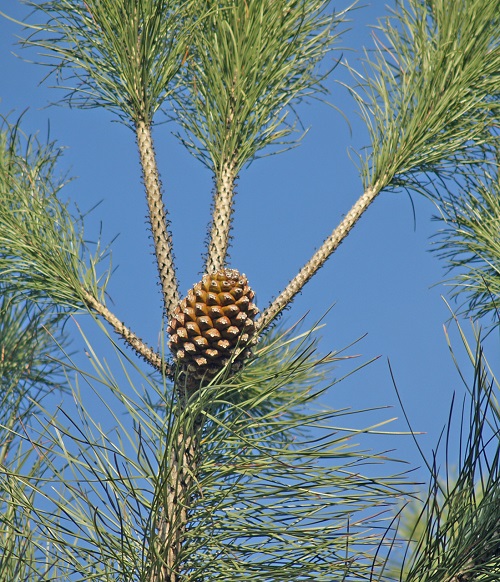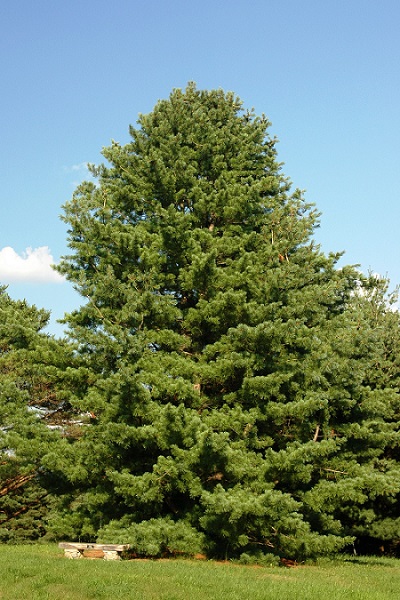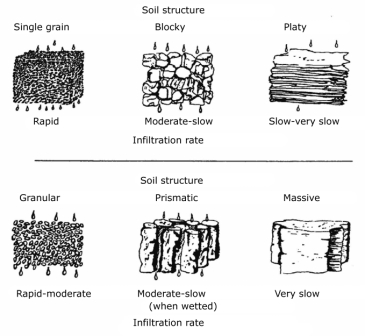I’m sure you haven’t been wondering where I’ve been for the past five months or so, but just in case you have, I’ve been reshuffling my life and relocating. Where am I now? The family and I have moved to Charlotte, North Carolina where I now work at Central Piedmont Community College. Why? Because we wanted to be closer to family, we wanted a warmer climate, and I wanted to spend more time teaching. That said, I had a great time at the University of Minnesota and have only good things to say about my time there.
The great thing about my new job is that I have the opportunity to teach a diverse student population a broad spectrum of classes. This coming semester I’ll be teaching five classes including Specialty Crops (we’ll be concentrating on hydroponic systems for growing veggies – it’s a great way to learn about what plants need to grow), Plant Propagation (My favorite! Everything from cuttings and seeds to budding and grafting), Greenhouse Management, Applied Plant Science and Plant Materials I. And Hey, if you live near Charlotte, I’d love to see you in one of my classes! CPCC is one of the most affordable schools in the country and the classes are open access – in other words anyone can sign up! Since I don’t have the chance to do as much research as I did in Minnesota, I’ve compensated by having my students conduct experiments in the classes – and we’ve had a lot of fun. We’ve done everything from extracting essential oils using cold fat and steam extractions to rooting cuttings using 2,4 D and spiking the atmosphere with carbon dioxide using soda bottles. I’ll be posting about all of these projects in the coming weeks. Meanwhile, it looks like vinegar based BBQ with fried okra for dinner!

